Home > Applications > LED Accessories
We have more than 10 years of experience in LED accessories and other fields, our LED wire harness, LED terminals, LED connector lights, led splitter, lamp cord with switch, can meet your project needs.
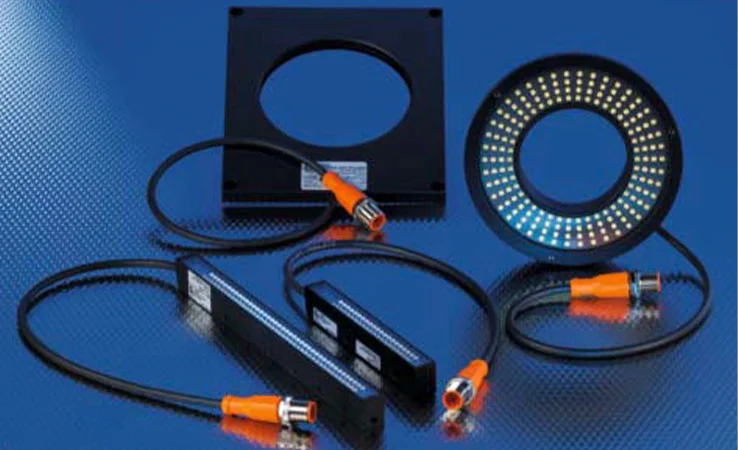
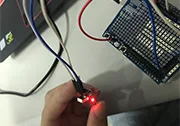
dimmer extension cord
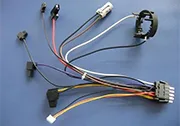
Spotlight Wiring Harness
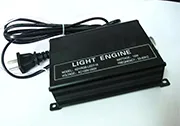
led splitter
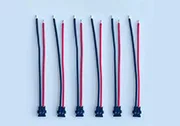
led light harness
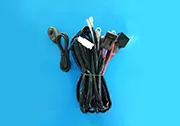
lamp cord with switch
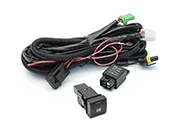
fog light wiring harness
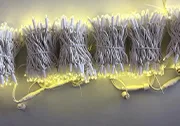
fairy light extension cable

christmas tree extension cord
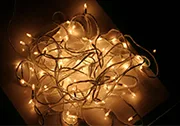
christmas light extension cord
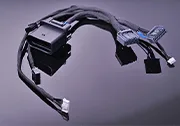
driving light wiring harness
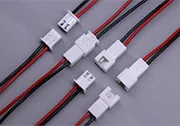
lightbar wiring harness
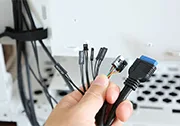
rgbw cable
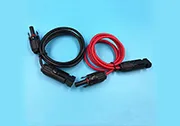
solar light extension cable
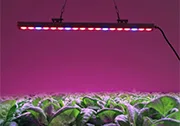
grow light cord
LED accessories refer to the various components and attachments that support the proper functioning of LED luminaires and can enhance their functionality. These accessories are critical to the installation, fit and end lighting effect of LED products. Common LED accessories including LED chips, power drivers, lenses, reflectors, heat sinks, connectors, mounting accessories (e.g. clips, brackets, adhesives), aluminium profiles, waterproof accessories and extension cables, etc. These accessories do not only ensure the stability and durability of the LED fixtures, but also help to enhance the lighting effect and usage experience.
The following is a detailed description of these key accessories:
When choosing LED accessories, you should consider:
The installation of LED light accessories is a process that requires precise and meticulous operation, here are some key considerations:
LED accessories are used in many fields because they are efficient, save energy, last a long time and have different features. This is a detailed description of the main areas where LED accessories are used:
LED luminaire accessories must be safe. Here are some ways to do this:
Looking for Affordable LED Accessories for Your Project?
As a renowned cable harness solution provider giant VOCSON can ensure that your project is leading the industry, Choose us to provide wire harness products, and OEM or ODM services for you.